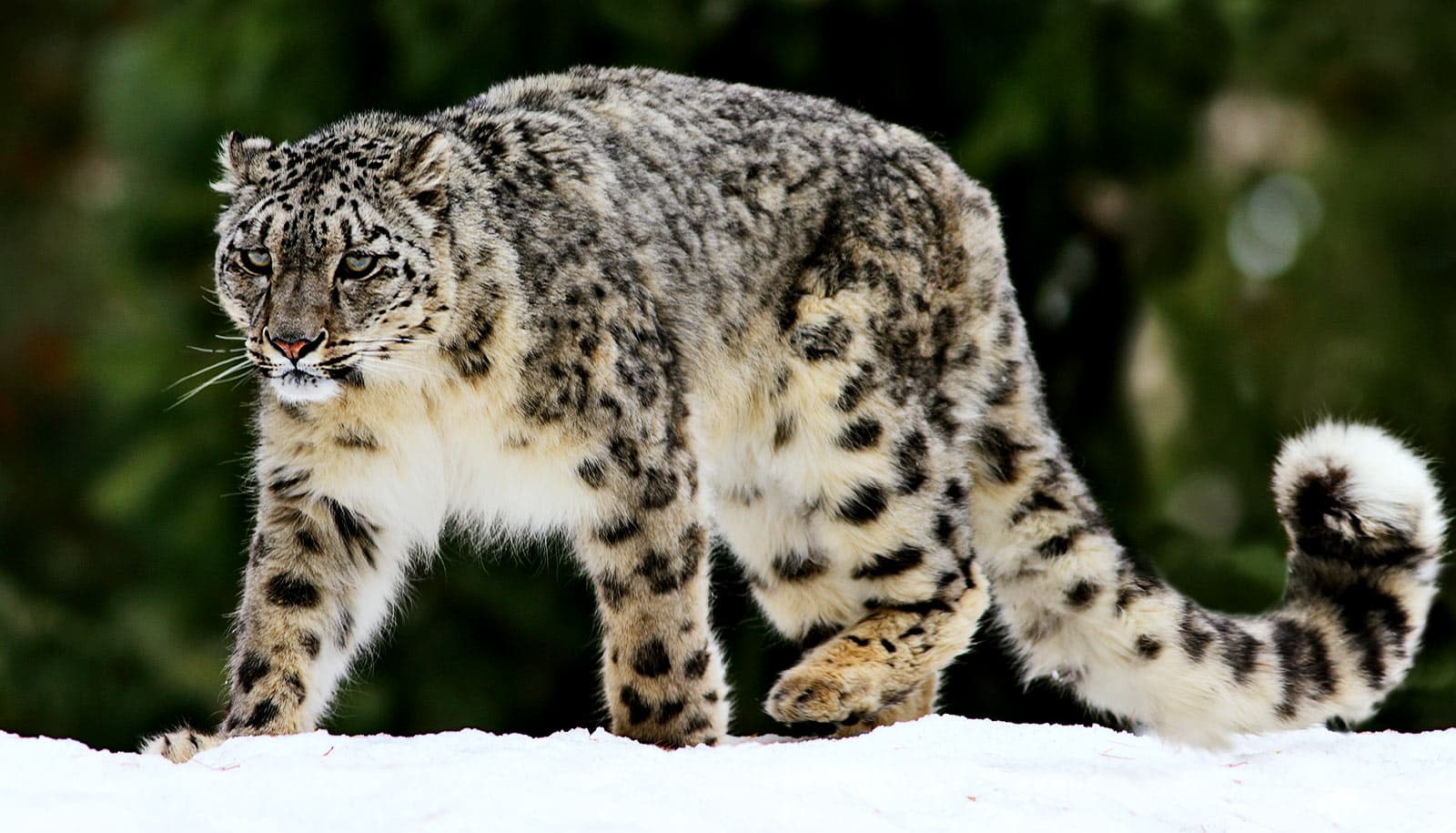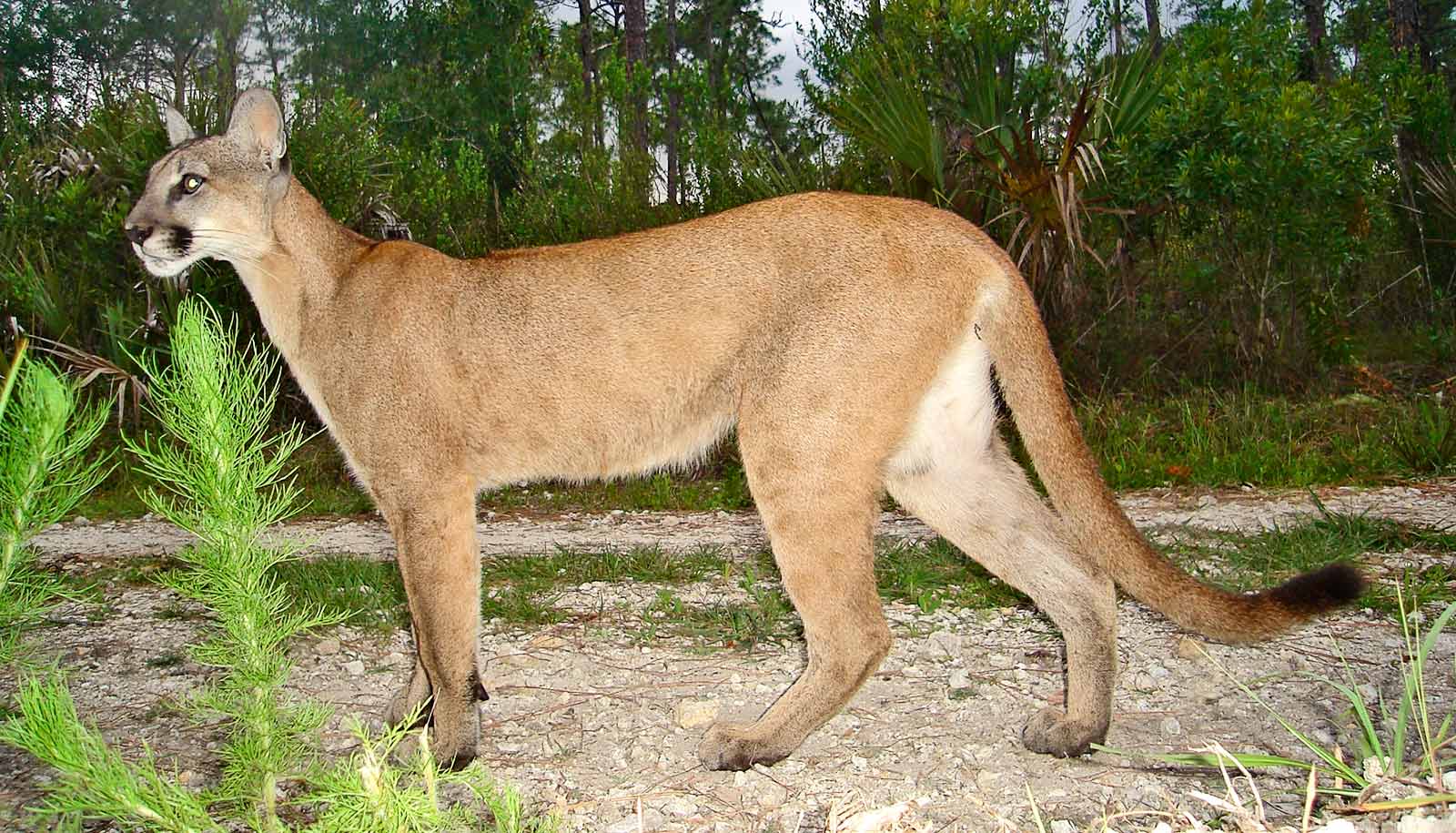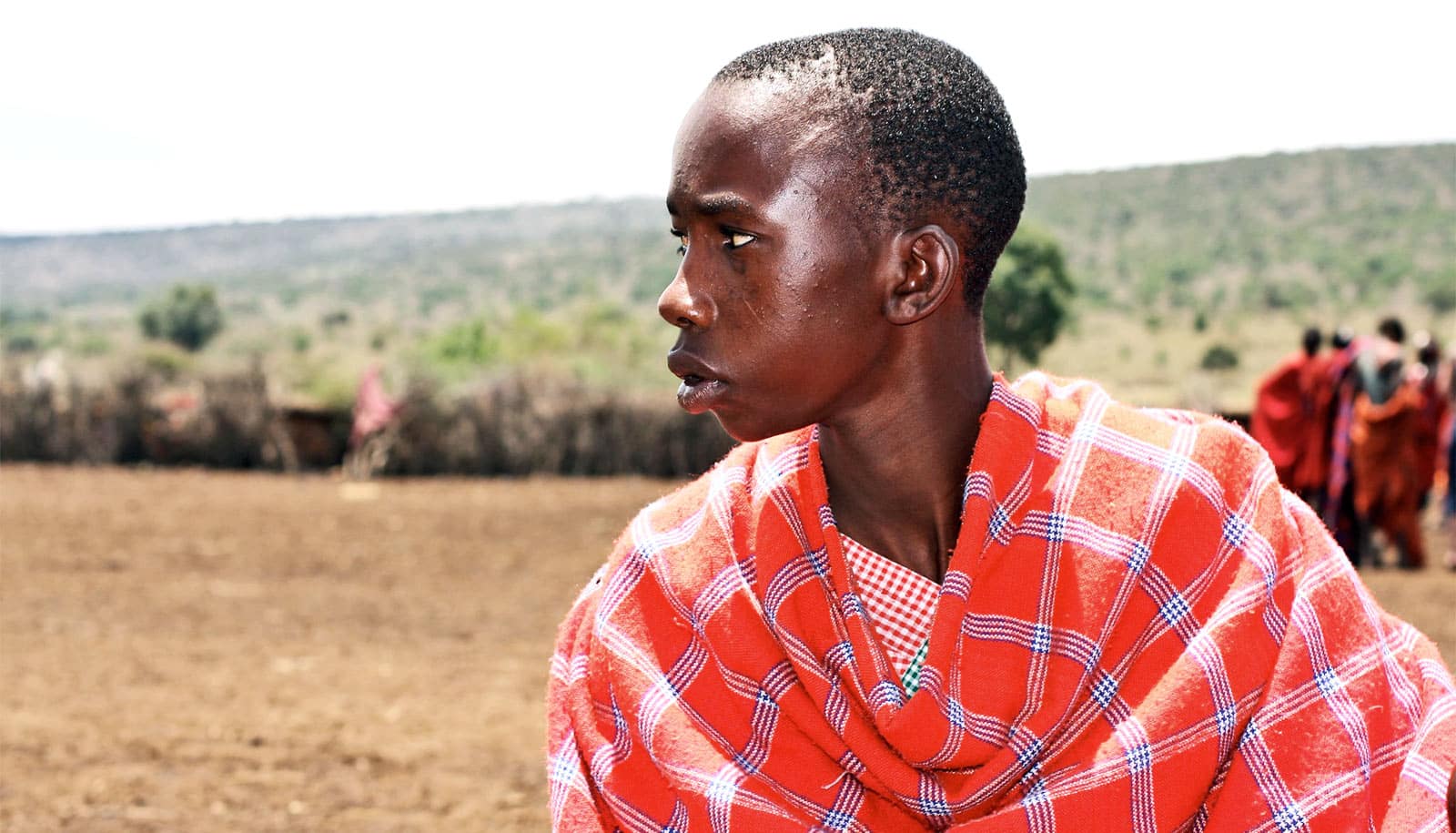Community livestock insurance could help low-income farmers in developing countries protect their livestock and the endangered species that prey on them.
These farmers often face a difficult dilemma: protect their animals from endangered predators, or spare the threatened species at the expense of their livestock and livelihood.
A new paper that examines such circumstances faced by farmers and snow leopards in Pakistan, outlines a plan under which farmers can protect themselves from crippling financial losses while preserving and possibly benefiting from the lives of endangered predators.
“These livestock owners often have very low incomes,” says Ted Loch-Temzelides, an economist at Rice University. “The loss of even one animal can be financially devastating.
“They’re faced with the difficult task of weighing conservation efforts against economic losses due to attacks on their herds. And this situation isn’t limited to snow leopards—it applies anywhere large predators live near livestock.”
Loch-Temzelides proposes establishing community livestock insurance contracts for farmers in developing countries who don’t have access to the types of policies available in more developed nations.
Under these contracts, farmers would agree to share the cost of lost animals with other farmers in their community. For example: If one farmer in a community of 10 lost an animal valued at $100, each community member would lose the equivalent of about $10.
By aiding conservation efforts, he says, farmers may stand to reap additional benefits.
“Tourists around the world are willing to pay to see endangered species such as snow leopards in their natural habitats,” Loch-Temzelides says. “And revenue from ecotourism can benefit communities and their residents significantly.”
While Loch-Temzelides’ study focuses on Pakistan, he hopes community livestock insurance can be useful around the world.
The study appears in the journal Conservation Letters.
Source: Rice University


